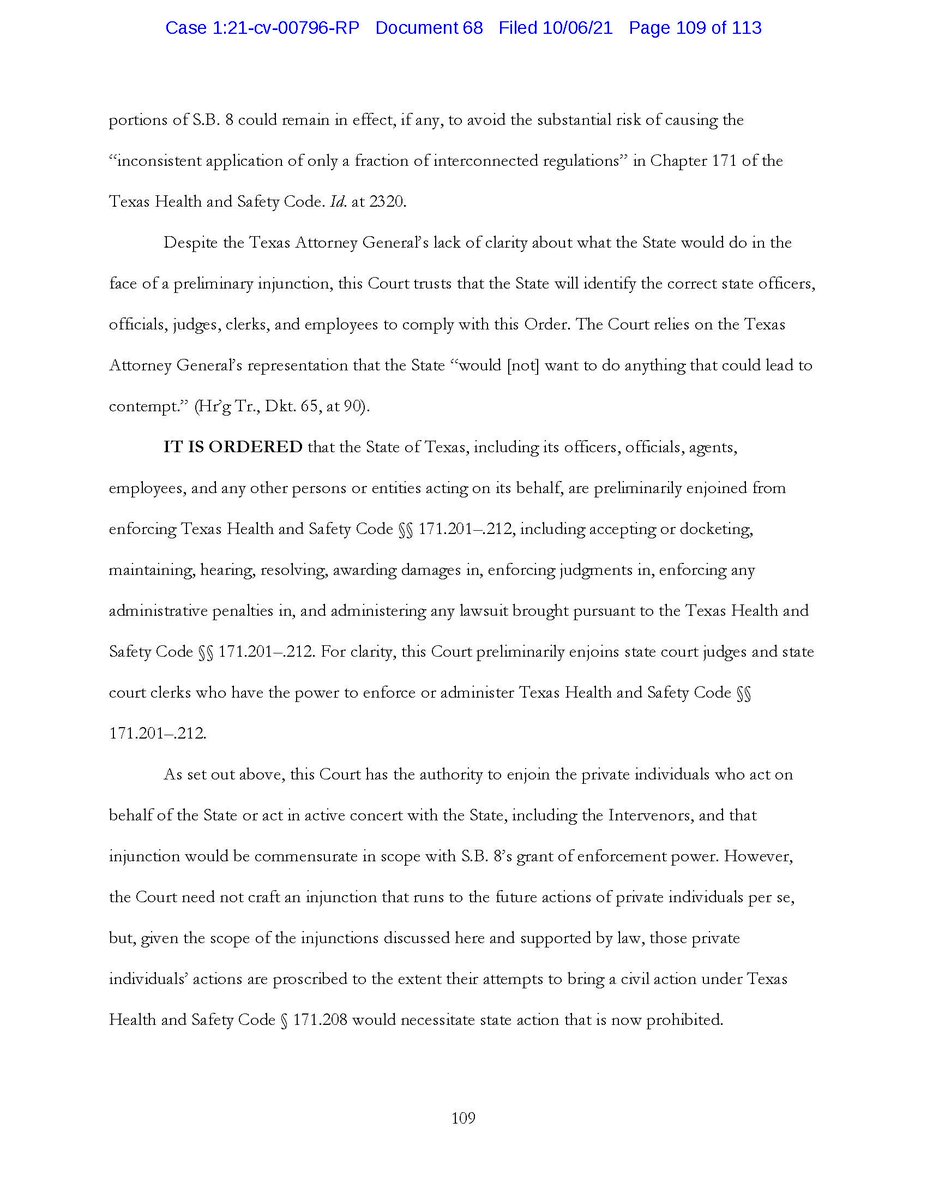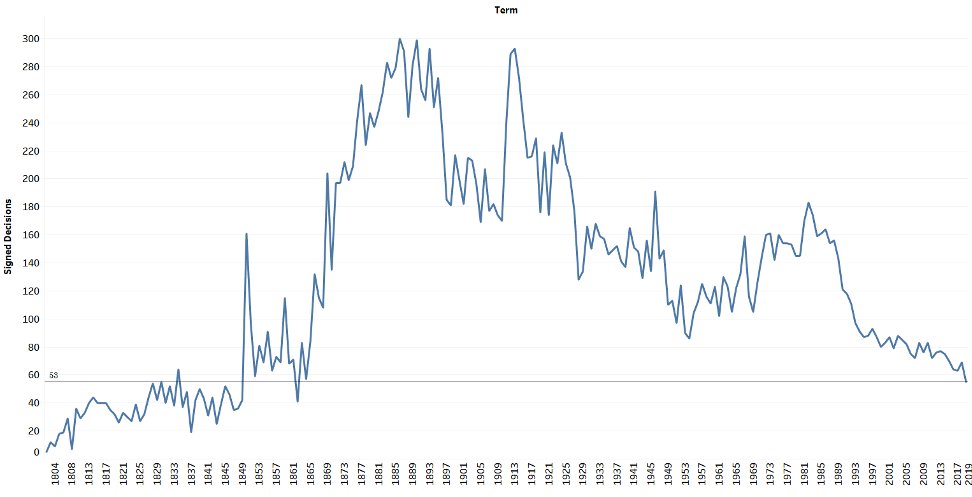
"You just let it sit there?," asks a Justice on a Court that has agreed to hear exactly *one* #GTMO appeal since ruling in 2008 that the federal courts must resolve these cases — and dismissed that case without deciding it? It's almost like they ... haven't been paying attention.
https://twitter.com/qjurecic/status/1445802646850392064
Here's an article from ... 2011 ... on the various procedural hurdles and roadblocks that the D.C. Circuit had already articulated to bog down the #GTMO detainee litigation:
scholarship.shu.edu/cgi/viewconten…
Suffice it to say, matters haven't improved much in the ensuing ... decade.
scholarship.shu.edu/cgi/viewconten…
Suffice it to say, matters haven't improved much in the ensuing ... decade.
In case you're wondering, the *one* #GTMO appeal that #SCOTUS agreed to take up since Boumediene was Kiyemba v. Obama — about whether those detainees who *won* their habeas petitions had a right to release *into* the United States.
Here's how that ended:
supremecourt.gov/opinions/10pdf…
Here's how that ended:
supremecourt.gov/opinions/10pdf…
And the last time that any Justice publicly commented on #SCOTUS's *refusal* to take up an appeal in a #GTMO habeas case, it was <checks notes> Justice Breyer, in 2019:
https://twitter.com/steve_vladeck/status/1138077166078517249?s=20
• • •
Missing some Tweet in this thread? You can try to
force a refresh













